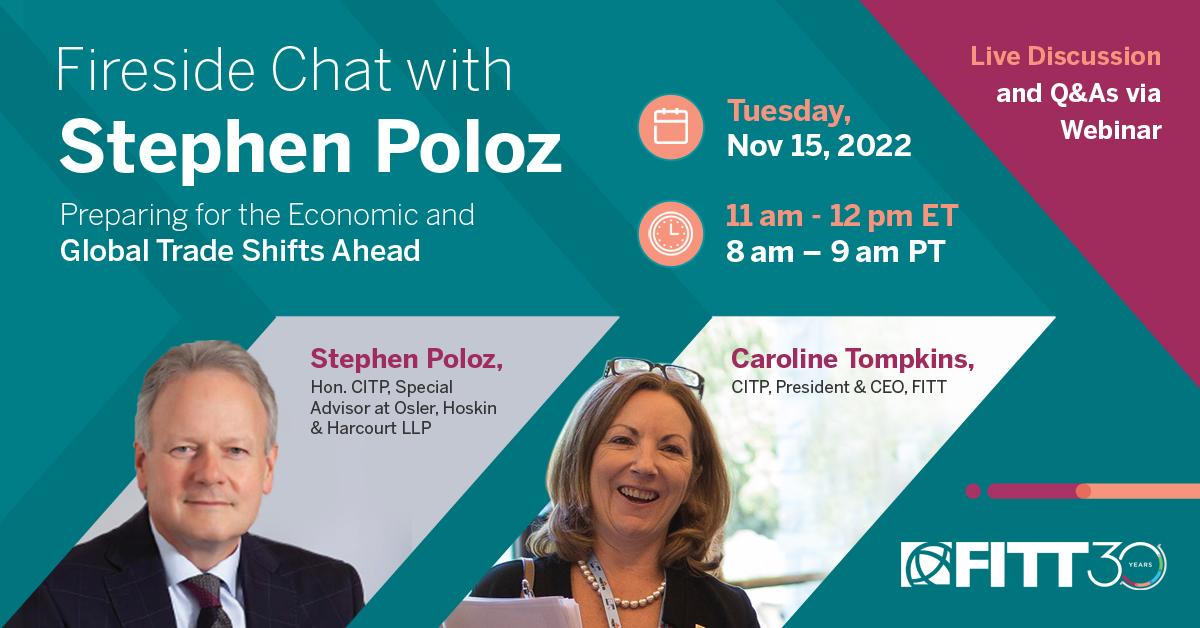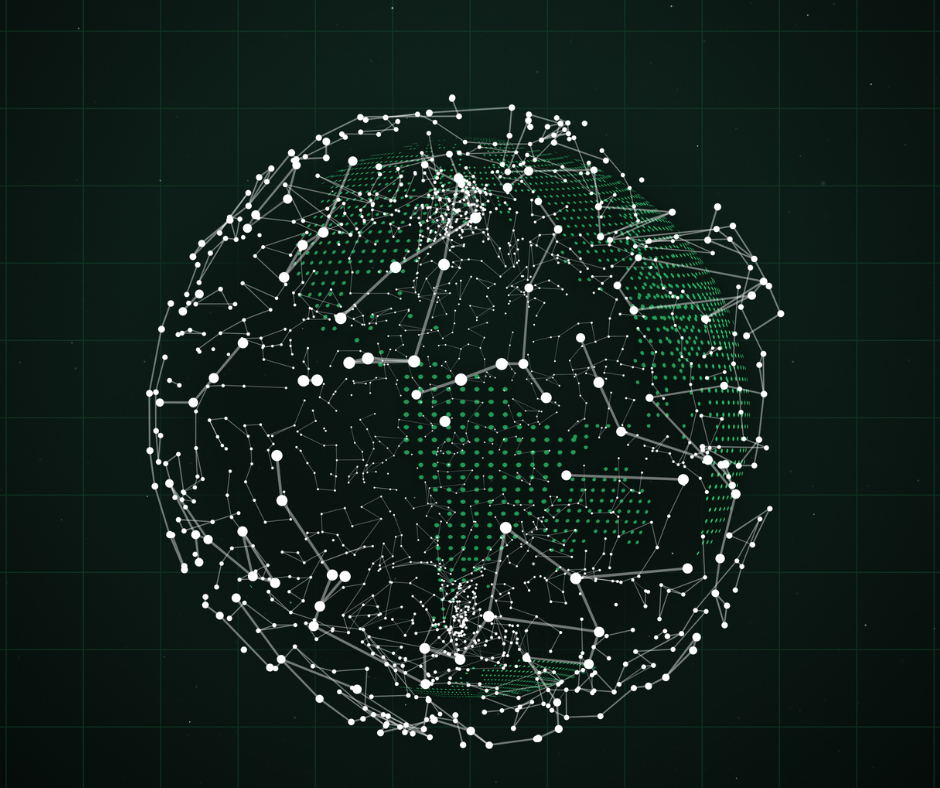 The traditional bottom line is the last line of the income statement that shows the firm’s net income (profit/loss) after deducting the operating expenses of the accounting period.
The traditional bottom line is the last line of the income statement that shows the firm’s net income (profit/loss) after deducting the operating expenses of the accounting period.
While it will always remain a crucial part of business, some companies are expanding their view and building their business to focus on the triple bottom line (3BL/TPL): Profit, People and Planet.
The term “triple bottom line” was first “coined” in 1994 by John Elkington, founder of “SustainAbility”, a British consultant firm. The idea is that business should have three bottom lines.
In addition to the traditional “profit” line on the income statement, the second bottom line focuses on paying respect to the social dimension of business (people) and the third on the environmental aspects (planet).
These second and third accounts are for measuring SER (Social and Environmental Responsibilities), which is part of the CSR (Corporate Social Responsibility) and reflects how socially and environmentally responsible the business is throughout its operations.
Helping people and the planet one decision at a time
When talking about 3BL, there are two main questions to tackle: why is it important to re-focus your business around the triple bottom line, and how can you do so?
When businesses formulate their strategies and budgets for finance, they must know how much the second and third bottom lines will cost to show respect to people and the planet. They must also, however, know that on top of being good corporate citizens, adding the second and third bottom lines can help them in other ways.
When you ask why, I want you to consider these two questions:
- Can firms that have an obligation to be socially and environmentally responsible improve their performance by doing so?
- Can firms measure their social and environmental bottom lines to promote their corporate image, to preserve and to manage their brand name?
If you answer yes to either of those questions, you’ve just answered the ‘why’ for yourself.
As for the ‘how’, is the triple bottom line just a concept, a management tool, or a solid work plan? Should this be written in the mission statement, or become the vision to be accomplished in your business strategy?
Let’s look at some examples of how others have effectively implemented it, and how it has benefited those companies, and the people and world around them, so you can be inspired to do the same.
Do the right thing with your money
One of the most common ways companies re-orient their strategy around the triple bottom line is through their finances.
Some international businesses work with financial institutions like the Urban Partnership Bank (formerly ShoreBank Corporation) that invest in people and their community, create economic equity, and to help protect the environment.
Implementing such programs can develop a strong positive reputation for a company, both locally and internationally. A positive reputation often creates deeper customer loyalty, and facilitates word of mouth marketing to help your business.
Other institutions like VanCity are also “taking environmental, social and financial results into consideration in the development and implementation of a corporate business strategy” to network with the world’s leading sustainable banks, “sharing the commitment to achieving triple-bottom-line impact through responsible banking practices.”
Making this switch may cost time, and money in some cases, but emphasizing sustainability demonstrates a desire for both responsible corporate behaviour and long-term viability.
A clear focus on your company’s long-term future will reassure customers, and lead to, or be part of, other plans to ensure your company’s success for many years to come.
Build a sustainable work force
Some corporate citizens of good CSR practice follow the guidelines created by GRI (Global Reporting Initiative) to report not only the financial performance, but also to collect and audit social and environmental data, and voluntarily include it in their annual sustainability reports.
The data include staff turnover rate, the number of senior executives and board of directors, and their gender and ethnic diversity.
Some businesses also include the percentage of gross or net profit that goes to charity, as well as any work-related accidents and how much, or how many times, the firm was fined for non-compliance of industry and government rules and regulations.
Companies focused on the human element will treat their employees well, creating a positive work environment that will draw the best and brightest to want to work for you.
The social and environmental bottom lines can also motivate employees by ensuring they feel their work is making a difference in the world, which can spur creative thinking and teamwork.
When you’ve got the right people and continue to create a nurturing, positive work environment, the sky’s the limit for your business potential.
Source ethically and tell the world
In international trade, networks like the Ethical Sourcing Network and the Business Social Compliance Initiative (BSCI) help potential buyers look for manufacturers who seek to improve working conditions in the suppliers’ countries and use sustainable materials in their goods.
Other businesses like Fairware provide expertise to help firms formulate purchasing policies and procure promotional and marketing merchandise from ethical sources to show their respect to society and the environment.
When you add the sourcing and marketing together, it empowers consumers to feel as though they are being responsible citizens by purchasing goods or doing business with your company, thereby increasing customer satisfaction.
Your business also gains more control over the quality of your goods, and can build unique opportunities to develop beneficial relationships with workers in developing countries for training, economic development and equal hiring.
Help the Earth and gain a new customer base
When it comes to reducing carbon emissions, a triple bottom line strategy can lead to end to end supply chain planning, from design and R&D, to material procurement, manufacturing, replenishment and reverse logistics.
BlueSign, an industry cartel supported by like-minded manufacturer/retailers sets uniform standards and safety requirements to ensure environmentally friendly textile production. This attracts consumers who prioritize using products made of fabrics that are rolled out from mills following this manufacturing standard.
Another approach is that of TenTree, a small e-clothing retailer whose main goal is to plant ten trees for each item sold.
For them, the triple bottom line is at the very heart of everything from their sourcing, to their logo, to their marketing.
Companies like these are often able to not only reduce their carbon footprint, but also to reduce waste and energy use. This reduces costs or offsets additional costs incurred, by using environmental materials or practices. Adidas partners with “Parley for the Oceans” to recycle ocean plastic waste to “co-create” fabrics for integration into their products.
Such practices are also great ways to build relationships with environmentally focused customers and continue to build a loyal community for your brand.
When finished goods arrive at their end of life cycle, disposal becomes an issue. Nike has started using less toxic materials for building their new products, apparels and footwear to reduce their environmental impact.
This practice incurs additional cost to consumers upon purchase of the products, but at the end, fully recyclable and zero waste would make a good corporate citizen look in the mirror and grin.
It’s time for everyone to add two more bottom lines
There are many reasons why, and ways how, companies can use the triple bottom line to better serve not only people and the planet, but also their own business practices.
All stakeholders should work together in making this decision. When all of them are on a level playing field towards a 3BL agreement, this will develop into an industry practice.
Much like a universal dial tone that we expect to hear when we pick up the phone, the triple bottom line should become the best practice in the corporate world and the expectation in every consumer’s mind.
What’s your company’s next step to including a triple bottom line going to be? Let us know how your organization has been using the triple bottom line in your business practices.







disqus comments